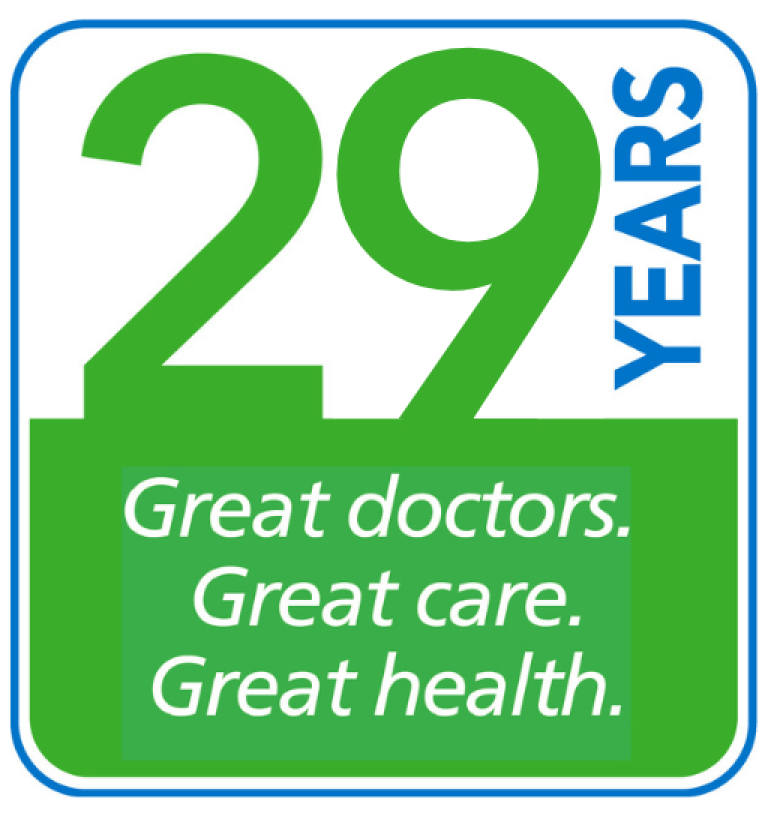October is dedicated to raising breast cancer awareness, supporting those affected by breast cancer, and encouraging regular screenings for early detection.
Breast cancer is the most common cancer diagnosed in women, affecting one in eight women in their lifetime. Did you know men can develop breast cancer, too?
Everyone—regardless of gender—should know their risk factors and talk to their MPCP provider if they notice any unusual changes.
Who’s At Risk of Breast Cancer?
Breast cancer risk is influenced by a variety of factors, ranging from age and genetics to lifestyle choices. Understanding these risk factors can help make informed health decisions and engage in preventive care.
- Age: Especially for women over 50.
- Family History: Includes genetic mutations like BRCA1 and BRCA2.
- Breast Tissue Density: Dense breast tissue can be a contributing factor.
- Reproductive History: Early menstruation, having children later in life, or not having children.
- Lifestyle Factors: Smoking, carrying excess weight, and lack of physical activity.
Regular Mammograms and Screenings Matter
Regular screenings are the best way to catch breast cancer early—before it has a chance to spread and when it’s most treatable. Experts recommend starting annual mammograms at age 40.
Mammograms can detect small changes in breast tissue long before symptoms appear, giving you more treatment options and a better chance of successful outcomes.
Can Men Be Affected by Breast Cancer?
While breast cancer in men is rare, it’s still something to keep in mind. Men with a family history of breast cancer or certain genetic conditions should talk to their MPCP provider about their risk and whether screening makes sense for them.
Make Breast Health a Priority
This month, take a moment to prioritize your health or remind someone you care about to do the same. If you’re due for a mammogram, schedule your screening today. Early detection saves lives. Have concerns or questions about your risk factors? Don’t hesitate to reach out to your MPCP provider.




